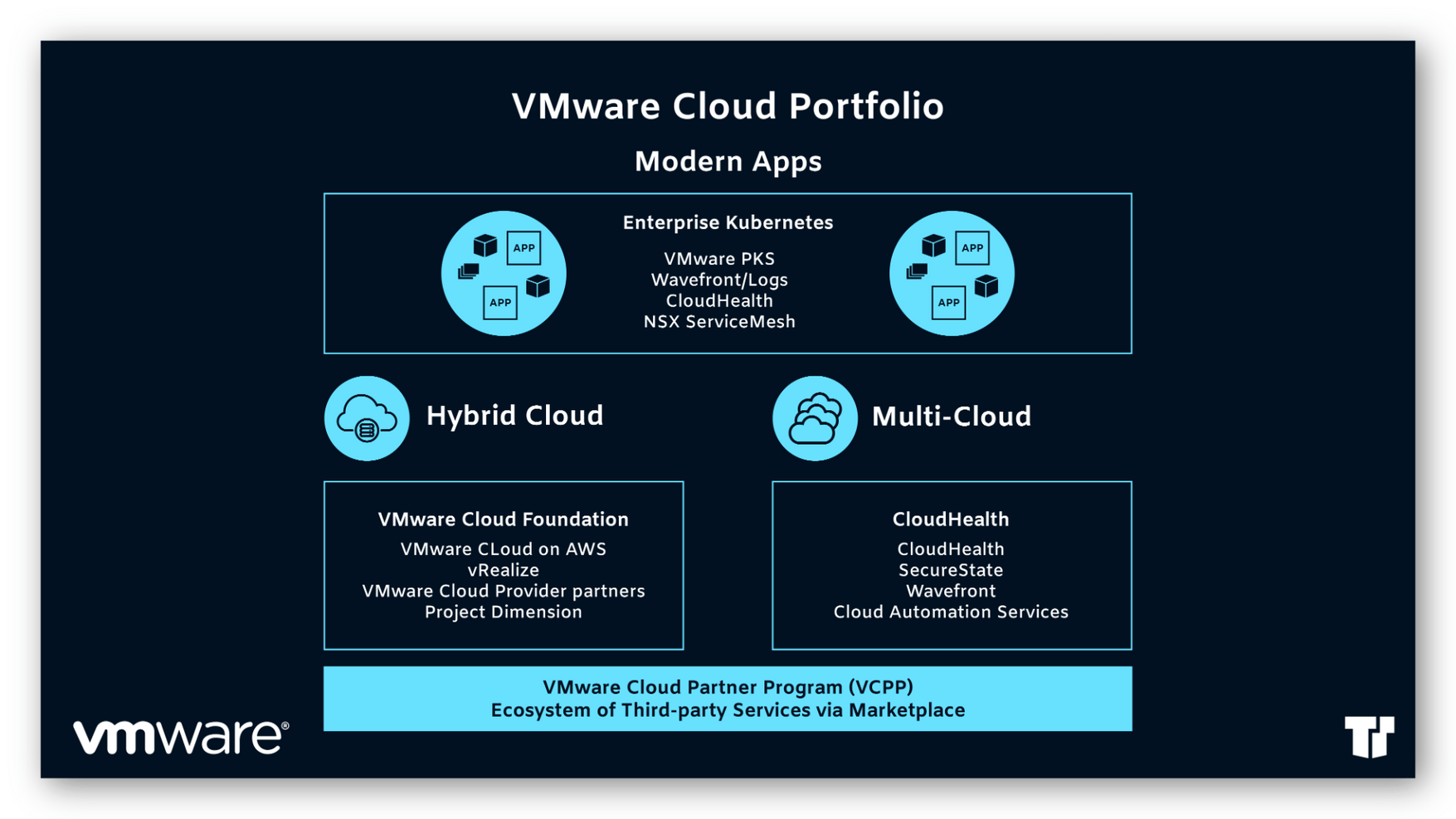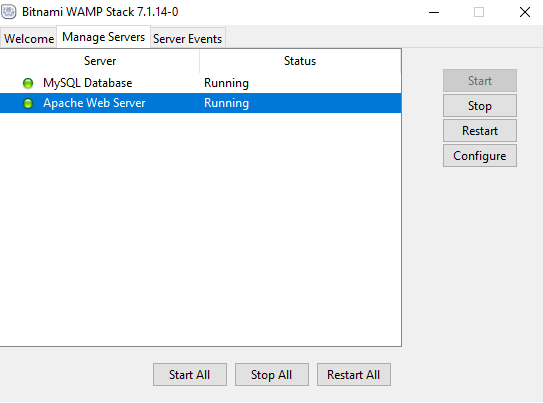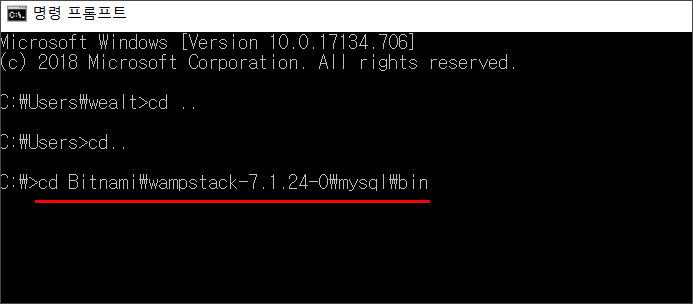
The first step is to deploy MySQL on the Kubernetes cluster. Step 1: Deploy MySQL on Google Kubernetes Engine This ensures you have the tools you need already installed and ready to go. You are using the Google Cloud Shell to access the cluster.You have a multi-node GKE cluster running.This guide makes the following assumptions: By relying on Kubernetes data storage services, this approach avoids a single point of failure, increases the resilience of your application and makes it easier to scale up in future. This guide walks you through the process of deploying a MySQL replication cluster on Google Kubernetes Engine, importing some test data, then testing replication. At the same time, the Bitnami Helm chart ensures that the cluster is configured according to current best practices for security and scalability, while still allowing a high degree of customization. Kubernetes provides built-in capabilities to monitor health and recover from process/node failure and scale out depending on your decisions about usage patterns. This article introduces a third option: the Bitnami MySQL Helm chart, which gives you a production-ready MySQL replication cluster on Kubernetes.
BITNAMI MEAN MYSQL UPGRADE
This gives you maximum flexibility and control, but requires a significant investment of time and resources to maintain, troubleshoot and upgrade the solution. You can also build your own cluster of servers and customize it to meet your scalability, high availability and data protection requirements.

These services are easy to get started with, highly scalable and resilient to data loss, but they typically lack deep customization options, direct log access or full system privileges. Hosted database services like Amazon Aurora, or Cosmos DB in Azure.

There are several different ways to achieve this, including: Ensuring that your database is highly scalable, and resilient, is a critical step in the design for performance and to help protect against possible data loss. When you are designing a business critical application, one of the most important pieces is the database.

Deploying a scalable MySQL Replication Cluster on Google Kubernetes Engine (GKE) with Bitnami Introduction


 0 kommentar(er)
0 kommentar(er)
